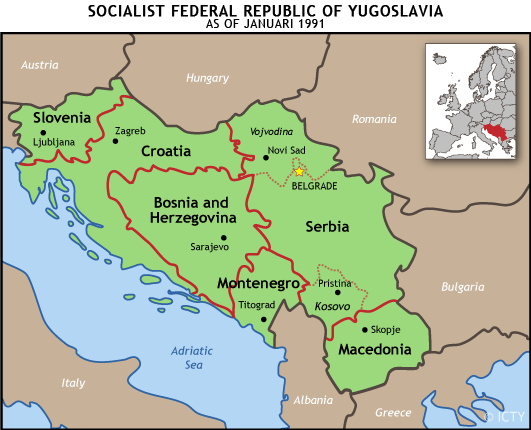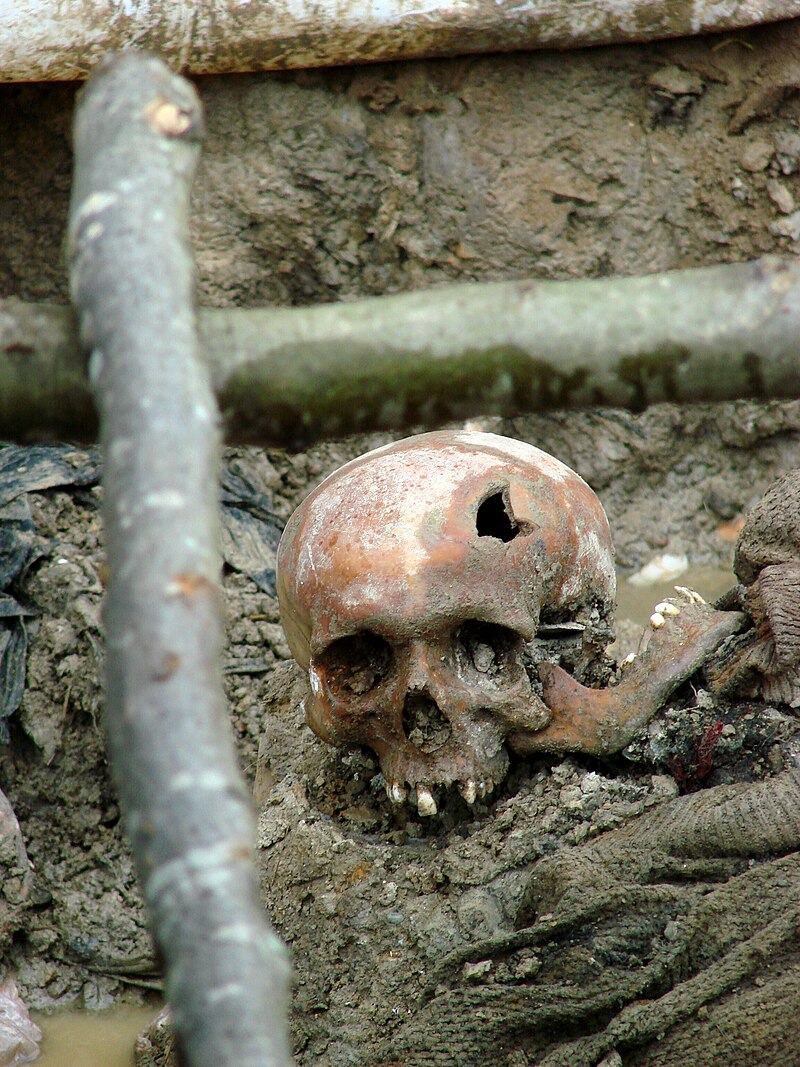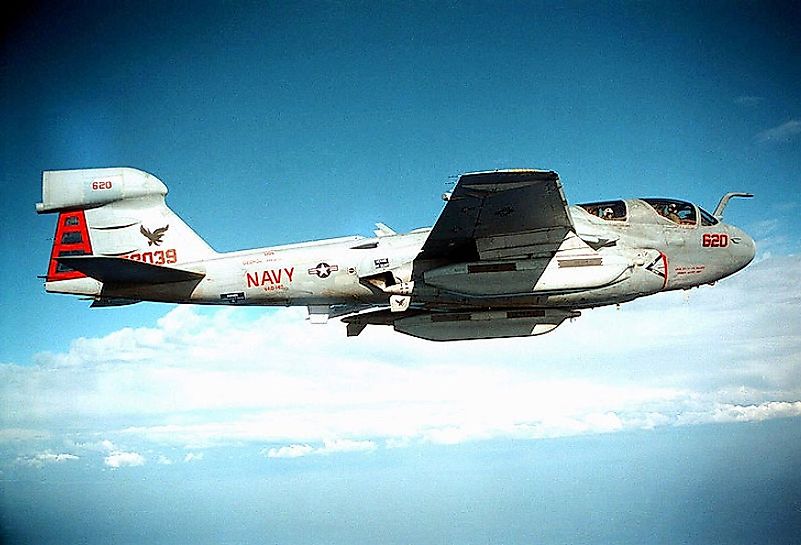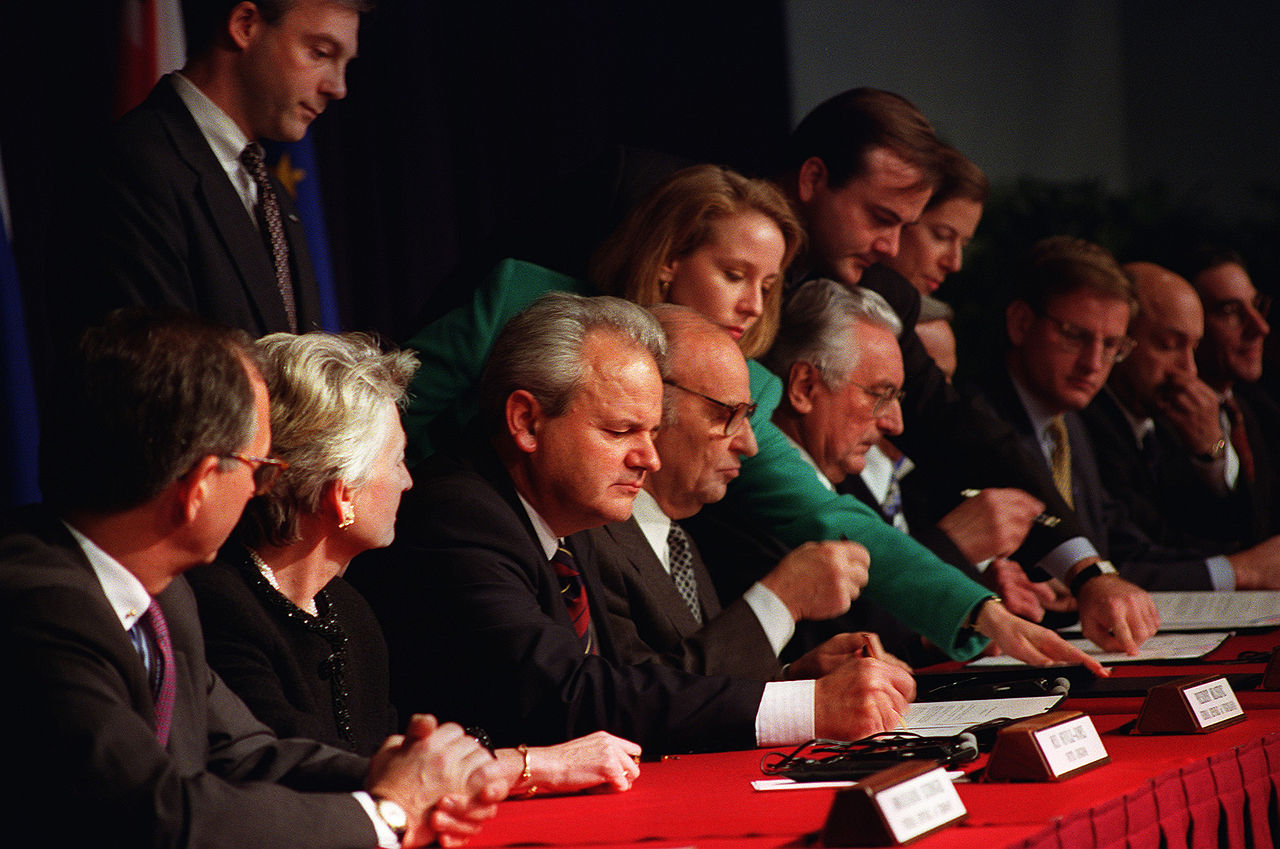Many in the west celebrated the fall of Communism as a triumph. But the people of Yugoslavia saw it as a dark omen, as storm clouds gathering. In the decade to come, the slaughter of thousands, man and woman, adult and child, Croat and Serb, Bosnian and Albanian would commence on a scale not seen in Europe since the Holocaust. This war exposed the nastiest tendencies of man, and the horrific consequences of unchecked ultra-nationalism.

***Note: The following article includes descriptions of intense violence, including murder and sexual assault. Viewer Discretion is advised.
Yugoslavia as a state
Few states in history have been as diverse as former Yugoslavia. Consisting of a veritable smorgasbord of ethnic groups including Serbs, Croats, Bosniaks, Hungarians, Slovenes, Albanians, Macedonians, and others, keeping Yugoslavia united was always going to be a herculean task. But one man was up to that task, a man named Josip Broz “Tito”.
A former Yugoslav partisan fighting against the Nazi occupation of his homeland, Tito became the leader of a newly reestablished Yugoslavia in 1945 as the Soviets saw to it that every government in eastern Europe was run by Communists (which Tito was). He ruled Yugoslavia for the rest of his life, clamping down on opposition and ruling with an iron fist, while also acting as a unifying figure, and convincing the various groups of Yugoslavia that they were one whole, not groups in conflict.

But then, in 1980, Tito died, and even worse was the coming disintegration of the Eastern Bloc as a whole, because not a decade later, in 1989, the first multi-party elections in the Eastern Bloc were held in Poland. This push for growing democratization and importantly, the ousting of Communism spread across Eastern Europe, and Yugoslavia was no exception.
In 1990, the first free elections in Yugoslavia resulted in the complete disintegration of the League of Yugoslavian Communists (abbreviated as SKJ), and 2 years later, the Socialist Republic of Yugoslavia was officially replaced by the Federal Republic of Yugoslavia.

With the free elections came ultra-nationalist political candidates on all sides. In the Serbian part of Yugoslavia, one Slobodan Milosevic came to power, in Bosnia, it was Alija Izetbegovic, and in Croatia, it was Franjo Tudjman. The stark contrasts between these three (as well as many other leaders in Yugoslavia) inevitably resulted in complete gridlock within the Yugoslav legislature. No state could ever agree with another whenever a proposal was made in the government.
This eventually resulted in the independence-seeking Croats and Slovenians being fed up, and declaring independence from Yugoslavia in late 1990. A short war ensued, with Serbian militias, alongside the main Yugoslav People’s Army (which will be abbreviated as the JNA) fighting both Slovenian and Croatian paramilitaries. The war ended a few days later with some ethnic Serbian territorial gains into Croatia, and the borders would remain that way until 1995. But if anyone thought peace was achieved in Yugoslavia, they would be painfully, painfully mistaken.

War in Bosnia
Three main groups live in Bosnia. Croats, Serbs, and Bosniaks (Muslim Bosnians). The Croats and Muslims of Bosnia had seen the successful uprisings in Croatia and Slovenia, and they desired that same autonomy for themselves. And so, in February 1992, the Bosnian Independence Referendum was held. 99.7% of voters said they were in favor, not because this was some kind of sham election, but because all of the ethnically Serbian voters (who opposed independence) boycotted the referendum.
And so, on the 3rd of March, 1992, Alija Izetbegovic declared the state of Bosnia independent from Yugoslavia.
So why, you may ask, did all the ethnically Serbian people boycott the election?
Well, the answer is that they would not have won the referendum anyway (holding around 31% of the voters). So what were the Bosnian-Serbs going to do? They feared they might be disenfranchised by an independent and Bosniak (Muslim) controlled state, so what were their options? If you said anything other than “form a breakaway state and commence ethnic cleansing”, you are wrong, and you should feel bad. And so, the Republika Srpska was born under the leadership of now-convicted war criminal Radovan Karadzic.
Composed of the remnants of Yugoslav Army units in Bosnia, the Vojska Republika Srpska, or Army of the Republika Srpska was formed as the military hand of the pseudo-state, led by General Radko Mladic (also a now-convicted war criminal). To make matters more complicated, a Bosnian-Croat group rose up and created the Herzeg-Croat State in response to the Republika Srpska with support from Croatia, and subsequently formed an alliance with the Bosniaks. And so, the stage was set.


The Bosniaks and Croats weren’t about to give up any time soon. After a ceasefire was signed between Croat and Bosniak forces in early 1993, the Republika Srpska once again faced a united set of foes. The front settled into stalemate for over a year. But the VRS’s greatest mistake came in 1995. Tragically, however, it would take the slaughter of 8,000 unarmed Bosniak men and boys to convince the UN to actually do something. A week of utter horror was about to descend on the innocent people of Srebrenica.

The Srebrenica Massacre
By June 1995 the United Nations had set up a number of “safe areas” for refugees who feared genocide from the VRS. One such safe area was the city of Srebrenica (and the nearby village of Potocari), where 20-25,000 Bosniaks had sought protection under the care of the UN.
The UN dedicated a measly 370 “Dutchbat” (Dutch Battalion) soldiers to protect the enclave. These soldiers were lightly equipped, with no anti-tank weapons to deal with VRS armor and APCs, nor did they have any heavy armor of their own. The Republika Srpska had tank support and thousands of men, and though they had less manpower than the Bosniak forces in the city, they were better equipped.
As Bosniak resistance melted in the face of the Serb offensive, the 370 UN soldiers (not permitted to open fire) watched helplessly as thousands of citizens from Potocari were marched out of the city, into the hills around it, and gunned down en masse. The men and boys were executed, and the women raped. It was the most horrific war crime in Europe since the Holocaust. The men and women of Srebrenica entrusted the UN with their lives, and they were let down spectacularly.

NATO Intervention
After the horrific events in Srebrenica as well as the intentional shelling of a marketplace in besieged Sarajevo, the UN had finally become convinced to do something meaningful. They requested the North Atlantic Treaty Organization conduct airstrikes on VRS military targets, which was accepted. Operation Deliberate Force was carried out by U.S. and German Air Force bombers and succeeded in crippling the Republika Srpska’s ability to wage war. The siege of Sarajevo was finally abandoned by Serb forces in 1995, and they finally came to the negotiating table.

The Dayton Agreement
With the Vojska Republika Srpska’s logistics in shambles from NATO airstrikes, as well as Serbia gradually distancing itself from the VRS due to international pressure, it was clear that Radovan Karadzic and his Srpska government needed to make some concessions. So in 1995, the leaders of Bosnia, Serbia (puppet master of the Republika Srpska), and Croatia (puppet master of the Herzeg-Croat state) sat down in the Wright-Patterson Air Force Base in Dayton, Ohio to sign what would become known as the Dayton Agreement.
The basic tenets of the deal concerned the government structure of a united Bosnia. The country would be internally split in two. The Republika Srpska would control the majority Serb areas, and the Federation of Bosnia & Herzegovina would control the majority Croat and Bosniak areas. This way, each group within Bosnia had a government of their own. The legislature itself would also be divided. The Chair of the Presidency rotates between a Croat, a Serb, and a Bosniak every 8 months.
This agreement has been criticized for creating inefficient government structures and cementing repercussions of ethnic cleansing during the war by the Stanford Journal of International Law and others. But at the end of the day, it ended the Bosnian war, and the country is gradually healing from the deep wounds it incurred. Gone are the days of VRS death squads, or Sarajevans being shelled, and that is what matters.

Geopolitical ramifications
So how does this war affect the geopolitical situation in our world today? Well, the main repercussion is on NATO. Both Slovenia and Croatia are part of the NATO alliance in large part due to their tensions with Serbia. Bosnia is in the bureaucratic process of joining NATO, having been part of a Membership Action Plan (MAP) since 2010. Serbia continues to serve as the boogeyman of the Balkans, constantly stoking tensions with every single one of its neighbors, and still attempting to enforce its will upon smaller countries like Kosovo.
It remains distant from the West politically and economically, not being a member of NATO or the EU. One could reasonably argue that Serbia acts as a bastion of Russian influence in Europe, steadfastly refusing to reform itself in the face of political unrest in the country. The Bosnian War in this way has permanently affected the geopolitical climate in the Balkans, the “Russian Sphere”, and NATO as a whole.

The lasting effect
The Bosnian War did not simply cease to affect people when the Dayton Agreement was signed, nor do its effects stop at geopolitics. The scars, both literal and psychological, will live in the minds of those who experienced it forever: The children who watched their mothers be raped in front of their eyes, the parents who watched infants’ throats be slit, the veterans who came home without a limb, or often without a pulse. The children who died playing in fields when they stepped on landmines put there 30 years ago, the father tearfully identifying his son’s corpse, none of these people will ever heal, as illustrated by these quotes by Srebrenica survivors.
“There was a young woman with a baby on the way to the bus. The baby cried and a Serbian soldier told her that she had to make sure that the baby was quiet. Then the soldier took the child from the mother and cut its throat.”
-Kada Hotić
“The Serbs began at a certain point to take girls and young women out of the group of refugees. They were raped. The rapes often took place under the eyes of others and sometimes even under the eyes of the children of the mother. A Dutch soldier stood by and he simply looked around with a Walkman on his head. He did not react at all to what was happening. It did not happen just before my eyes, for I saw that personally, but also before the eyes of us all. The Dutch soldiers walked around everywhere. It is impossible that they did not see it.”
-Zumra Šehomerovic
“I saw how a pregnant woman was slaughtered. There were Serbs who stabbed her in the stomach, cut her open and took two small children out of her stomach and then beat them to death on the ground. I saw this with my own eyes.”
-Ramiza Gurdić

I leave you with these quotes because they speak of the most horrific acts a human could conceivably commit. Because we must not forget these unimaginable deeds. Because we cannot allow yet another genocide to be committed on this earth. If nothing else, if not the dates or the politicians involved, take that with you after you close this tab.
